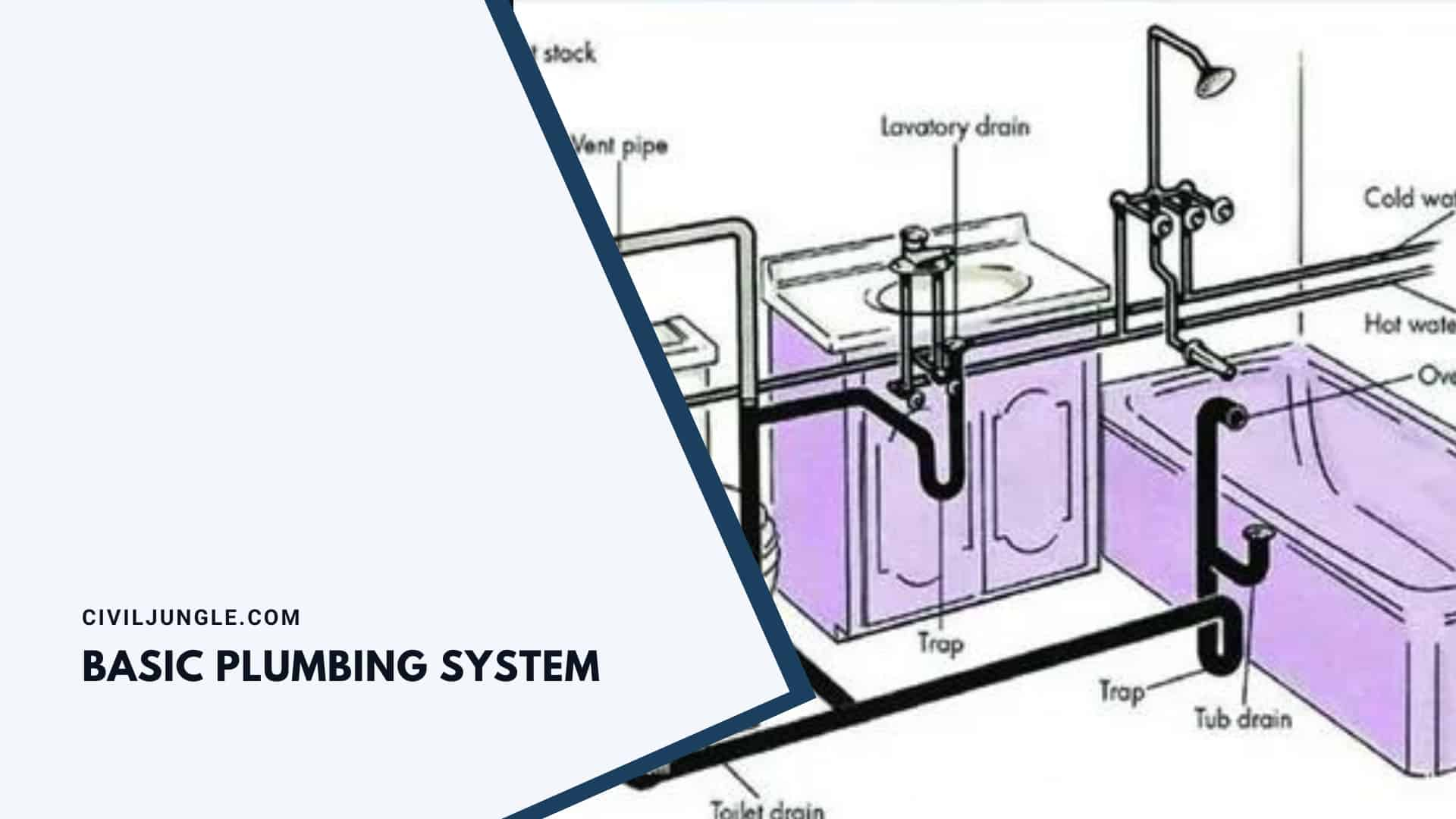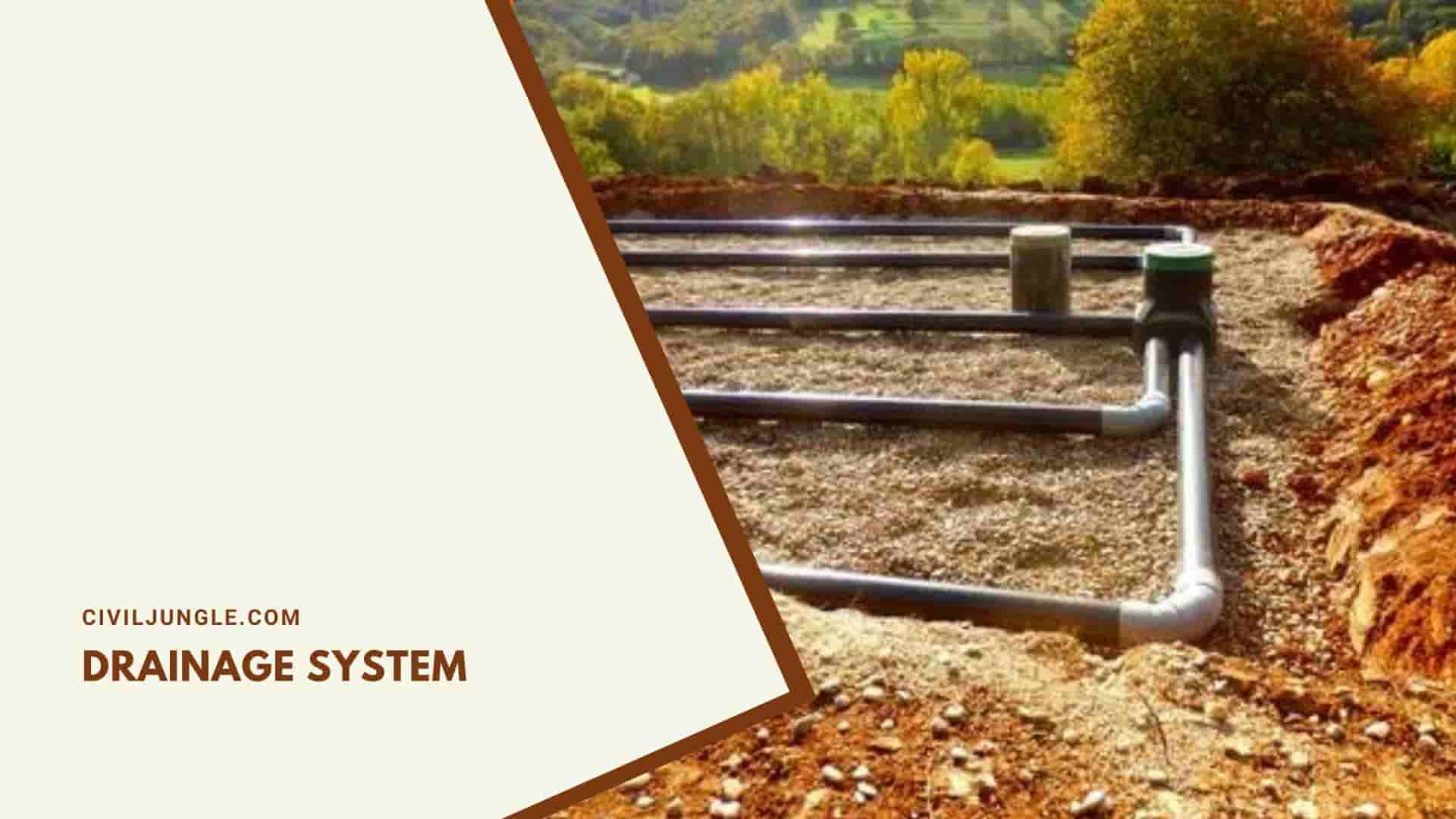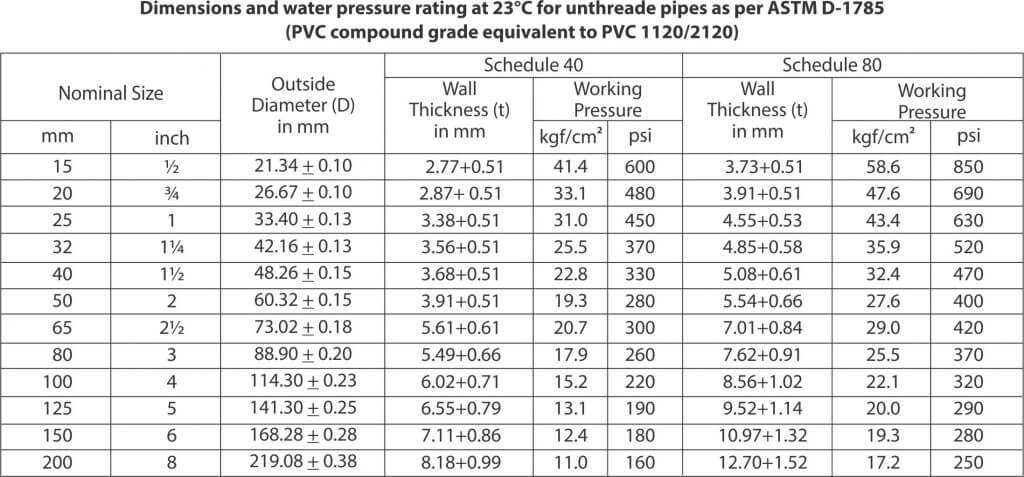Basic Plumbing System
Important Point
Knowing this, you can understand its “mysteries” and make dozens of corrections to your home’s plumbing system. You can save time, trouble and money!
Your home’s plumbing system consists of two separate subsystems. One subsystem brings freshwater and the other removes wastewater.
The water entering your home is under pressure. It enters your home under enough pressure to allow it to go up the stairs, in the corners or wherever it is needed.
As water enters your home, it passes through a meter that records the amount you use. The main water for or for the valve is usually located near the meter.
In a plumbing emergency, it is vital that you quickly close the main shut-off valve. Otherwise, when a pipe explodes, it can flood your home in no time.
If the emergency is confined to a sink, bathtub, or toilet, however, you may not want to turn off the entire water supply. Therefore, most equipment must have an individual stop valve.
Color Code for PVC Pipe Line
The mains water is immediately ready for your cold water needs. The supply of hot water, however, requires another step.
A tube carries water from the cold water system to your water heater. From the heater, a hot water line carries the heated water to all devices, sockets, and devices requiring hot water.
A thermostat on the heater maintains the selected temperature, turning the heating elements of the device on and off as needed.
The normal temperature setting for a domestic water heater is between 140 degrees F and 160 degrees F, but 120 degrees F is generally adequate and is also more economical.
Some automatic dishwashers need higher temperature water, although many of them have a water heater that increases the temperature by another 20 degrees F.
Also, read: WPC Board | Features of WPC Board | Disadvantages of the WPC board | Usw of WPC
Drainage System
The house drainage system, or simply drainage systems, do not depend on pressure, like supply systems. Instead, the garbage leaves your home because of the drain pipes, which are all tilted or tilted downwards.
Drainage System
Gravity collects garbage. The drainage system for house or the sewer line continues this downward flow to a sewage treatment plant or septic tank.
Although the system looks simple, there is much more, including vents, traps, and cleanings. The openings, similar to those in a house plumbing system diagram, that come out of the roof of your house allow air to enter the sewer pipes.
If there was no air supply through the ventilation openings, the wastewater would not flow properly and the water in the traps would have to be diverted.
Also, read: Brick Masonry | Types of Bricks | Types of Brick Masonry Work
Supply and Drainage Subsystems
In plumbing jargon, any bridge between supply and drainage systems is an accessory.
Supply and Drainage Subsystems
Bathrooms, sinks, and bathtubs, all part of the plumbing drainage system, are accessories.”. In addition, an external tap is an accessory and a washing machine.
All devices that extract freshwater and discharge wastewater are accessories and all are designed to keep supply and drainage systems strictly segregated.
Some devices, like those connected to midnight surf siding or sea slate siding, have individual supply shut-off valves, so you don’t have to close the main shut-off to repair them.
Considering the importance of plumbing & drainage, it’s a good idea to ensure that everyone in the family knows the location of the main shut-off valve in your home and also how to use it. You can mark the main shut-off valve so that anyone can easily find it.
Before starting any plumbing repair, always turn off the water supply to the appliance or the main outlet. Also, check your local plumbing code before adding or changing pipes in your home.
You will learn what is allowed and what is prohibited, and whether or not an owner can do their own work. If you get the green light, you can save a lot of money by doing your own repairs.
Traps are vital components of the drainage system. You can see a trap under each sink. It is the curved or S-shaped section of the pipe under a drain.
The water flows from the basin with enough force to pass through the trap and out the drainpipe, but the water remains in the trap afterward to form a seal that prevents the sewage gas from returning to your home.
All equipment must have a trap. The bathrooms are attached automatically and do not require an additional drain trap.
Bathtubs often have drum traps, not only to form a seal against sewage gas but also to collect hair and dirt in order to prevent clogged drains.
Some kitchen sinks have grease collectors to collect grease that could otherwise cause clogging. Since grease and hair are often the cause of clogging, traps often have cleaning plugs that allow easier access to remove or break any blockage.
As a drainage system in building involves all these components, it is often called DWV: drainage, drainage, and waste disposal system.
If the water comes out freely and the waste comes out properly, all components of the DWV must be present and in good working order.
Examine the pipes in the basement or crawl under your home to help you better understand the system.
Dia of Pipe for uPVC
Dia of Pipe for PVC
Dia of Pipe for CPVC
Also, read: Mortar Vs Cement | Type of Cement | Type of Mortar
Conclusion
When considering what is drainage system, it’s a good idea to know where the main shut-off valve is in your home if a pipe breaks or leaks.
Typically, this main shut-off valve is located where the main water line enters the house; however, it can be located close to the external water meter.
If you know how to quickly turn off that water source, it could turn a massive flood disaster into a minor inconvenience – and save you money in the process.
Plumbing Basics PDF: Click Here
Basics of Plumbing
- Drain Pipes: These are downward angled pipes that rely on gravity to move water from the fixture and into the sewer line. By observation, you’ll tell this system is more complex than the water supply system: Reliance on gravity has its downsides.
- Drain Traps: Drain traps, also called P traps, are U-shaped pipes that prevent backflow in a plumbing system. These pipes also hold water consistently, thanks to their curvature.
- Drain Vent: If you turn a bottle of water upside down, water flow is rather hectic. That’s what happens when water flows through a closed system; it’s just not smooth. That’s where drain vents come in.
What Knowledge Do You Need to Be a Plumber?
Plumbers must be knowledgeable and adept at using various machinery and tools. Choosing appropriate tools and machinery ensures projects are completed efficiently, effectively and safely. Additionally, plumbers may need to troubleshoot issues on the job by using tools and equipment creatively.
Can You Do Plumbing Yourself?
While fixing your own plumbing is a great DIY project, it doesn’t take much for a quick plumbing fix to become a full-fledged, whole-house, 3-inches-of-water-in-the-living-room plumbing disaster. While some problems can be avoided, many nightmares are inevitable, especially if you have old or poorly installed plumbing.
Like this post? Share it with your friends!
Suggested Read –
- Black and Grey Water
- Basics of Civil Engineering
- Household Drain Systems
- Difference Between Lumber and Wood
- What Is Admixture | Types of Admixtures
- BOD Vs COD | What Is BOD | What Is COD
- What Is Slump Cone Test | Principle of Slump Test | Types of Concrete Slump
- Mivan Shuttering | Merit & Demerit Mivan Technology | Mivan Formwork Assembly Process
Originally posted 2023-08-15 15:10:42.









Leave a Reply